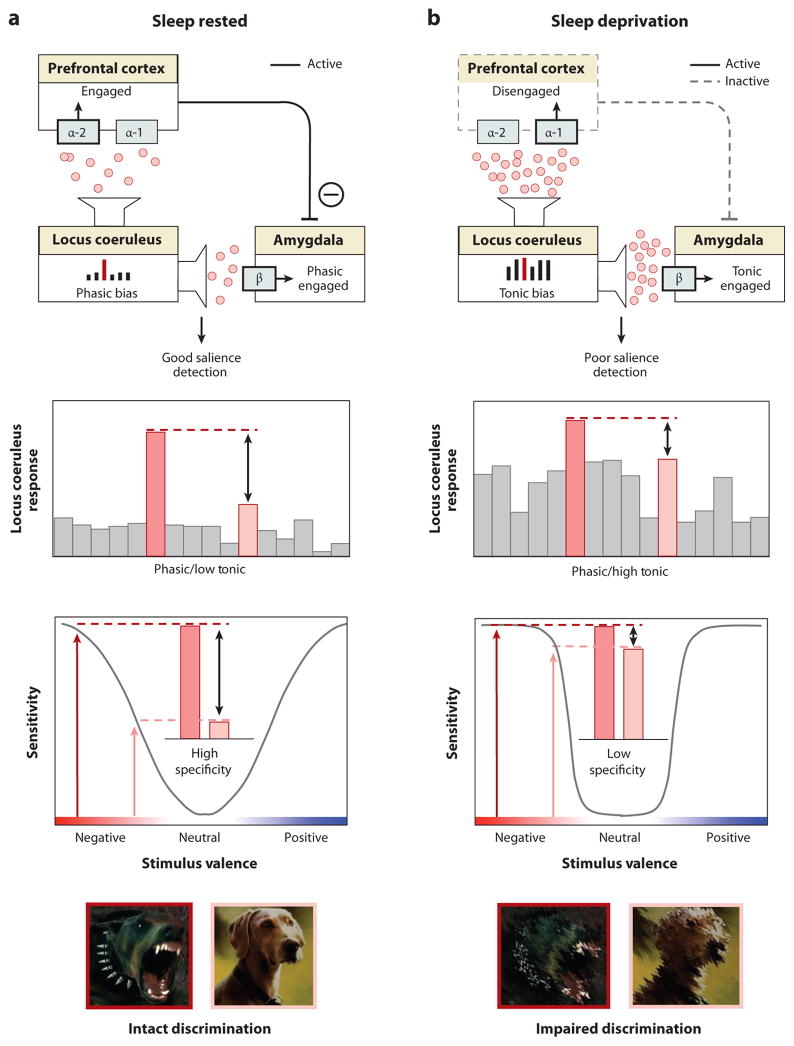Figure 6. REM sleep emotion recalibration model.
(a) Under normal sleep rested conditions, the overnight reduction of noradrenaline levels promoted by REM sleep restores noradrenergic tone, resulting in a low tonic, high phasic locus coeruleus activity. This consequently primes downstream amygdala and PFC structures that, together with the locus coeruleus, form part of an emotional salience detection network (upper panel). Moderate next-day levels of noradrenaline, restored by REM sleep, induce PFC engagement through activation of the α-2 receptor, which in turn enables top-down PFC inhibition of the amygdala, reducing the likelihood of a non-specific amygdala response. Further, low tonic activity in locus coeruleus enhances the fidelity of phasic responses to external emotional stimuli, relative to the low baseline firing, promoting sensitivity to detect truly emotional stimuli, while also retaining the ability to discriminate between degrees of emotional salience (specificity) (middle panel). The functional outcome of this REM sleep recalibrated salience network state is the ability to discriminate between, and appropriately react to, emotionally salient events (e.g., threatening, aggressive dog) from non-salient stimuli (e.g., non-threatening dog) (lower panel). b) In contrast, sleep deprivation, results in high tonic locus coeruleus firing mode and increased noradrenaline concentrations, consequently impairing salience detection. Specifically, elevated noradrenaline levels increase binding to the inhibitory α-1 receptor in the PFC (upper panel). Unlike binding to α-2 receptors, α-1 receptor binding impairs PFC functioning and so reduces top-down inhibition of the amygdala. This disinhibition results in a non-specific, generalized amygdala responding to both emotionally salient and non-salient stimuli. Such impairments are further exacerbated by high tonic baseline locus coeruleus activity, which reduces the ability to differentiate phasic signals from high baseline activity (i.e. reduced signal-to-noise). In this mode of activity, the locus coeruleus responds non-specifically to both emotionally salient and non-emotionally salient information (middle panel). Together, these alterations to the emotional salience network caused by sleep loss impair the accurate discrimination of threatening from non-threatening stimuli, resulting in persistent sensitivity and in impaired emotional specificity (lower panel). Noradrenaline alpha-1 receptor (α-1), noradrenaline alpha-2 receptor (α-2) and noradrenaline beta receptor (β).

